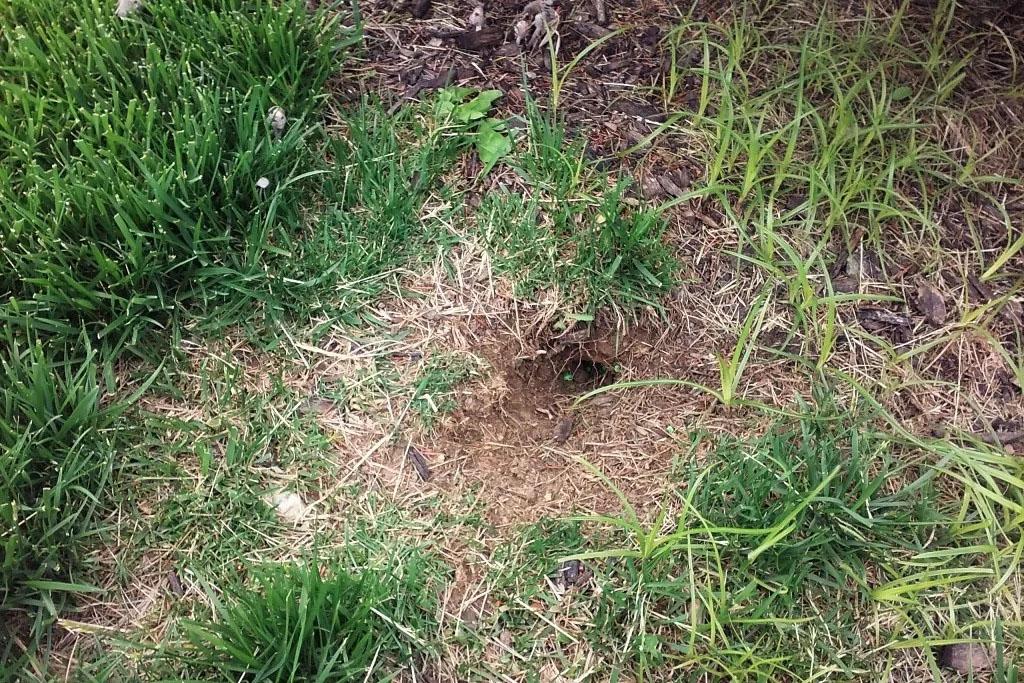Got Voles?
Let Lawn Pride of Indianapolis Vole Control Rid your Lawn of those Unwanted Guests
Let’s Break This Down!
These pesky rodents can be a real nuisance. While searching for roots of various plants to munch on; voles will leave shallow runways and burrows throughout your lawn and landscaping and can carry infectious diseases and parasites. Let our experts take care of your vole problem for you with our Vole Control Application.
With our vole application, our specialists are trained to map the vole’s runways and burrows for the most accurate bait placement and results.

Guarantee
With Lawn Pride’s Vole Application guarantee, we promise to rid your lawn of voles within 30 days after your application. So, if you still have vole activity within 30 days after your application, we will treat your lawn for voles again at no charge to you!

Understanding is Half The Battle
Because the name “Vole” is very close to the name “Mole” confusion and miscommunication are very common. One way to tell the difference between Voles and Moles is by their diet. Moles “M” are meat-eaters; insectivores, to be precise. A Moles diet consists of mostly earthworms, insects, and grubs. Voles “V”, on the other hand, are vegetarians (aka herbivores). The majority of their diet is made up of stems and leaves of grasses, however, they also consume other green vegetation and fruits. Voles look like field mice but with short tails, compact heavy bodies, small eyes, and partially hidden ears. Typically, Voles are about 5 to 8 inches in length and have orange teeth perfect for gnawing plant roots and stems. These are opportunistic rodents that will dig golf ball-sized exit holes utilizing established mole tunnels. One day you can have a beautiful, vibrant plant; and in a few days, it will lay lifeless due to having its roots gnawed off.
Voles are the most active around dawn and dusk. They construct well-defined surface runways through turf areas. This often looks like a garden hose has been laying out in the grass for several days. Although voles are active all year long and do not hibernate, spring tends to be when turf damage is reported the most.
Voles live in colonies. A female can produce five to ten litters per year, with an average of five young per litter. New females can reproduce after they are one month old. So if left untreated, your yard could become infested.

Identifying Vole Damage and Tips
Voles construct their nests both under and above the ground, typically in clumps of grass or debris. Eliminating places Voles like to nest in, is important in controlling them. They like to stay hidden whenever possible. Voles will only venture into your lawn in winter because the snow keeps them hidden. After the snow melts, they retreat to landscaping beds and tall weedy or grassy areas of your yard— any place with plenty of cover to hide them from predators. Practicing a healthy lawn maintenance routine can help make your lawn less inviting to voles once they have been evicted from your property. Eliminate hiding places by mowing the grass regularly, eliminating weeds and dense ground cover, and removing debris such as leaves and dead grass from your lawn and landscaping are easy steps you can take to keep these pests at bay.


Knowledgeable Staff
Our experienced and knowledgeable staff can answer any of your lawn care questions and provide you with helpful tips; so that together we can make your lawn look its best.




